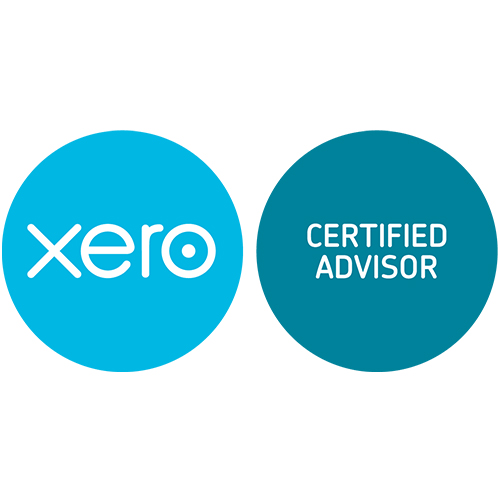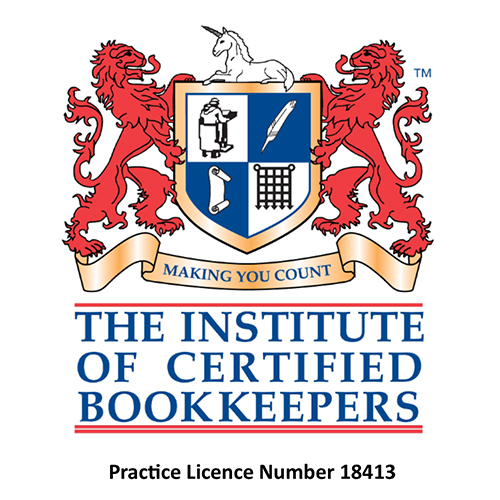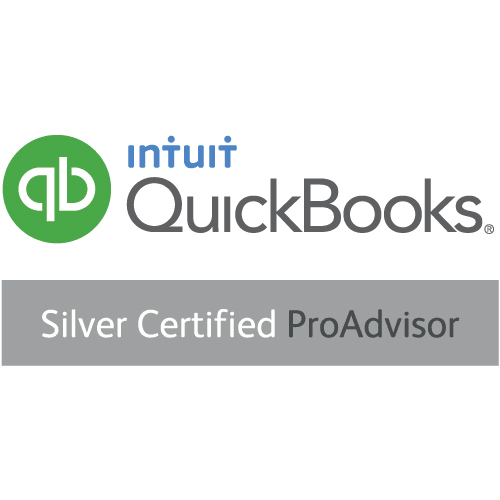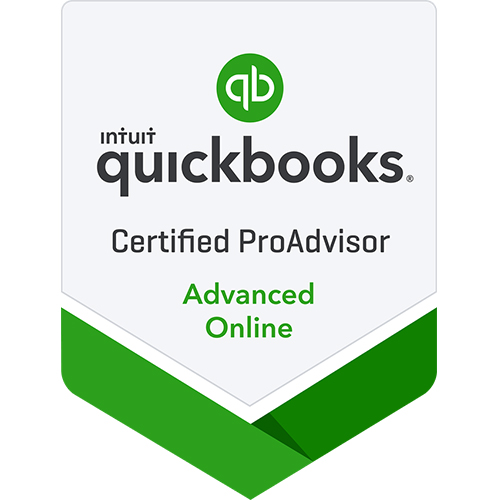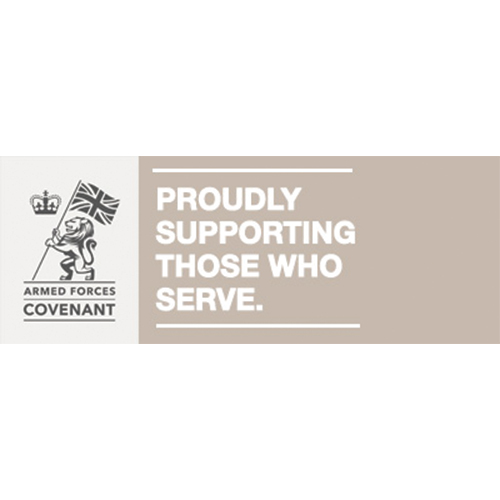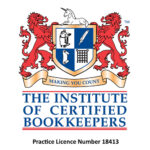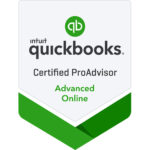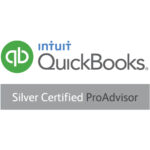Are you worried about your business expenses? Wondering how you might be able to reduce running costs so you can make more profit?
Here are our 10 ideas for reducing your small business running costs and expenses:
1. Check your regular payments and make sure of two things…
Firstly, check you know what they’re all for. If you don’t – investigate!
Secondly, be really honest with yourself about whether you still need those services. For example: do you really need that 2TB storage on Dropbox costing you £9.99/month or could you go back to the free version and save yourself money? That Mailchimp subscription you signed up for and never used? Use it or cancel it.
2. Is your original business mobile contract up?
Don’t keep paying £30/month if you’re out of contract. You could either change to a sim-only plan or find a new deal for a long-term contract, both of which will be cheaper.
3. Make sure you’re getting the best energy prices.
There’s been a huge amount of talk about energy prices and availability in the last 6 months but it’s still possible that you’re paying through the odds for your gas and electricity. Do some research and see if you can find a better price.
4. Similar to the last point but slightly different – do you waste energy?
Can you reduce the number of hours you have the heating on by wearing another jumper? Perhaps you leave your computer on instead of turning it off at the end of each day? Small changes can add up to saving you money.
5. Are you making the most of any ongoing networking fees you pay?
Do you really utilise that group you’re paying £30/month for? If not, make it your mission to engage with the group or stop paying for it.
6. See if you can consolidate your systems.
Technology is wonderful but it also tends to cost us money. Lots of systems can do more than one thing these days, so have a quick run through of any that you’re paying for and see if they overlap at all. If they do, choose the one that makes the most sense and cancel any you no longer need.
7. Printing…yes we said it.
It’s pretty old school, we probably all remember the days of emails having ‘Do you really need to print this’ on them at the bottom. That being said, printing is expensive and half the time you probably print stuff that doesn’t even need printing. Have you noticed that lots of clothing retailers no longer supply returns labels/slips with online orders? We have. This has two effects really – 1) it reduces the amount of paper that ends up being wasted/recycled/put in landfill 2) by reducing the amount of paper and printing, it also hugely reduces their printing costs. Good for the planet, good for your bank balance, it’s a no brainer.
8. Reduce your bank fees
These days there are tonnes of options for business bank accounts and some of these are FREE. Yes, free. If you’re paying a monthly fee for your bank account, check to see if you really need to be. Most banks make switching simple and will transfer all your direct debits etc for you. Worth considering because all those £8.50s a month add up to over £100 a year.
9. Shop around for the best price on your supplies.
Whether it’s stock you’re selling on, software you’re using or general office stationery, make sure you compare the prices of a few options.
- For stock or raw materials, look for wholesale suppliers if you don’t already have one. Buying in bulk can often lower the price per unit and if you’re confident you’ll sell through the stock, it can save money and increase your profit margins.
- For general stationery type expenses, shop around – compare prices across a few different suppliers. For example; printer paper on Amazon is usually at £7-£10 for 500 sheets but you can pick up decent quality printer paper in the supermarket for £3-£5.
- For software, keep an eye out for an offer or discount, which often crop up around traditional sale times (New Year, Easter, Bank Holidays, Black Friday etc).
10. Set yourself a budget.
This might not save you money immediately, unlike the other suggestions in this blog, but setting a budget for your business will help you reduce spending in the long term. Think about what you currently spend money on and what areas they fall into. You can use those to put together a budget for the year ahead and plan how much you want to spend on each element of running your business. A budget is a waste of time if you don’t use it and keep it updated though, so if you create one, you have to commit to it.
The best way to keep track of this at all times is to run a separate business bank account, things are much less likely to slip through the net that way. You’ll easily be able to see which expenses relate to your business and put a stop to any you don’t need!
What next?
We hope you’ve found this blog helpful in giving you some tips on where you can start to reduce running costs associated with your business.
We love supporting business owners to optimise their expenses, take control of their spending and set budgets. Get in touch with us today if you’d like to have an informal chat about how we can help your business to flourish.






